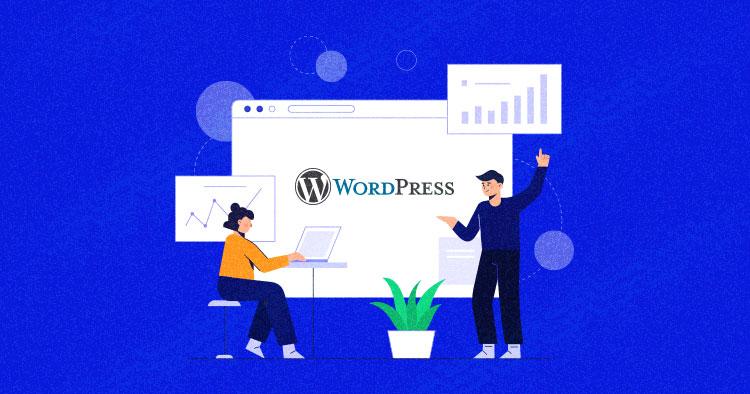As you explore your mortgage options, you’re likely to come across two names: Fannie Mae and Freddie Mac. Although you won’t directly obtain a home loan through these government-sponsored enterprises (GSEs) — private entities operating under a Congressional charter — they nonetheless have an impact on your getting a mortgage and its terms. Let’s take a closer look at these key players in the mortgage industry, and what distinguishes them.
What are Fannie Mae and Freddie Mac?
In 1938, the government created Fannie Mae, or the Federal National Mortgage Association, amid the struggles of the Great Depression. The goal of Fannie Mae was to create a more reliable source of funding for banks, opening doors for more Americans to become homeowners, figuratively and literally.
Freddie Mac, short for the Federal Home Loan Mortgage Corporation, came on the scene through an act of Congress in 1970, with a similar purpose. Both Fannie Mae and Freddie Mac now operate under the conservatorship of the Federal Housing Finance Agency (FHFA).
Both agencies are major players in the secondary mortgage market. That is, they buy loans from mortgage lenders, giving those institutions more capital to continue offering financing to other borrowers. Fannie and Freddie then either keep them or, more often, repackage them as mortgage-backed securities that can be sold to investors.
By acting as a market-maker — that is, constant buyer — they ensure liquidity in the lending world. As of 2023, Fannie Mae and Freddie Mac support around 70 percent of the mortgage market, according to the National Association of Realtors. That means the majority of conventional loans, those offered by private lenders, end up being backed or purchased by one of the two entities.
Though they set criteria for loans, neither Fannie Mae or Freddie Mac originate or directly provide mortgages to homebuyers. Instead, you’ll get your loan from a mortgage lender, such as a bank, credit union or online lender, which can then choose to sell the loan to one of these GSEs, assuming the loan’s eligible.
Fannie and Freddie in the 21st century
Both Fannie and Freddie played a role in the Great Recession. In the years leading up to the housing market collapse, they backed or owned numerous subprime mortgages. When the housing bubble burst, economic pressures and large losses led to the need for the government to step in and help them with bail-outs. The two agencies took on more debt but, as a result of their losses, they risked becoming insolvent, and were put under FHFA conservatorship. They’ve since paid back most of the bail-out money.
During the COVID-19 pandemic, Fannie Mae and Freddie Mac helped offer mortgage relief and protections to homeowners, including forbearance, loan modification programs, and a moratorium on foreclosures and evictions.
Fannie Mae vs Freddie Mac: What’s the difference?
Beyond the age difference, what sets Fannie Mae and Freddie Mac apart?
Origin story
As noted above, these two entities were established decades apart with different intentions. Though both are currently under a conservatorship by the same agency – the FHFA – the two entities are separate from one another, each with their own shareholders and leadership.
Loan sourcing/Lending requirements
Although both buy mortgages, each GSE purchases loans from different sources. In general, Fannie Mae tends to buy loans from larger commercial banks and lenders, whereas Freddie Mac often buys loans from smaller banks. Fannie Mae and Freddie Mac also have slightly different requirements of the mortgages they purchase. In both cases, the mortgage has to be a conforming loan, or adhere to these standards, for it to be eligible for purchase. The requirements cover the amount of the home purchase price that can be financed, the borrower’s credit score and debt-to-income (DTI) ratio, loan-to-value (LTV) ratio and other factors.
Loan programs
Fannie and Freddie each sponsor different loan programs — mortgage products that expand home ownership opportunities to buyers who may not be able to afford a conventional down payment. These include HFA loans offered through state housing finance agencies, as well as the HomeReady and HomePossible mortgage programs, offered through approved private lenders. Both empower buyers by requiring only a 3 percent down payment.
What this means for you
Since you can’t take out a mortgage directly from Fannie Mae or Freddie Mac, why should you care about these big names in the mortgage market? In addition to keeping the mortgage market humming, making homeownership more accessible overall, here’s how they can affect you:
- They create more affordable financing options, including lower-down payment loan programs
- They foster competition among lenders, leading to lower rates
- They help set borrowing standards, influencing the qualifications you need to meet to obtain a mortgage
To find out if you have a Fannie Mae- or Freddie Mac-backed loan:
- Search the Fannie Mae Loan Lookup tool
- Search the Freddie Mac Loan Lookup tool





